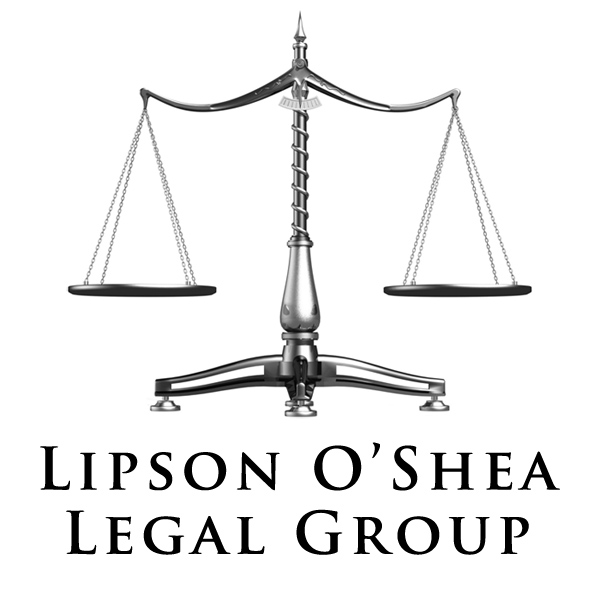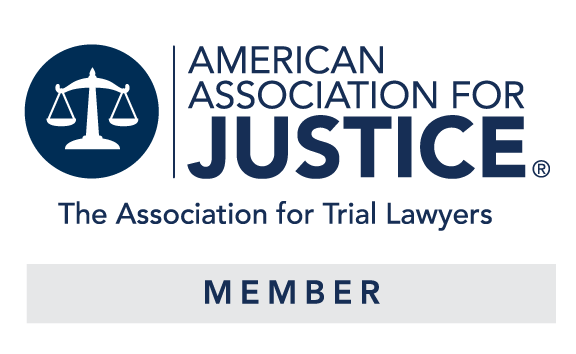The Crazy Funeral Protestor Case
/Last week, the United States Supreme Court issued a difficult decision involving what can be the painful scope of the First Amendment. In Snyder v. Phelps, the Court held that scathing and hurtful comments made by a weird religious church at the funerals of military personnel killed in action are nevertheless protected by the First Amendment right to free speech. The Westboro Baptist Church membership would travel to the funerals of dead soldiers and hold signs and make comments that the soldiers had died as punishment for homosexuality in the US (statements like "pray for more dead soldiers" and "God hates fags"). This so hurt and angered the father of one dead soldier that he (the father) file a lawsuit and succeeded in obtaining a multi-million dollar verdict against the members of the church. However, once the case reached the Supreme Court of the United States, the Court (in an 8 to 1 decision) reversed the verdict - holding that, regardless of how hurtful and inflammatory the church members' speech was, it was still protected by the First Amendment. The Court concluded that the hateful speech, speech specifically designed to inflame, is still entitled to First Amendment protection.
This decision will surely be the foundation for more free speech decisions to come down the road in the future. Most legal commentors agree that if the speech in this case passes the First Amended test, then much emotionally draining speech will as well. Stay tuned. Given this decision, this is not the last time this issue will come up in the media.



